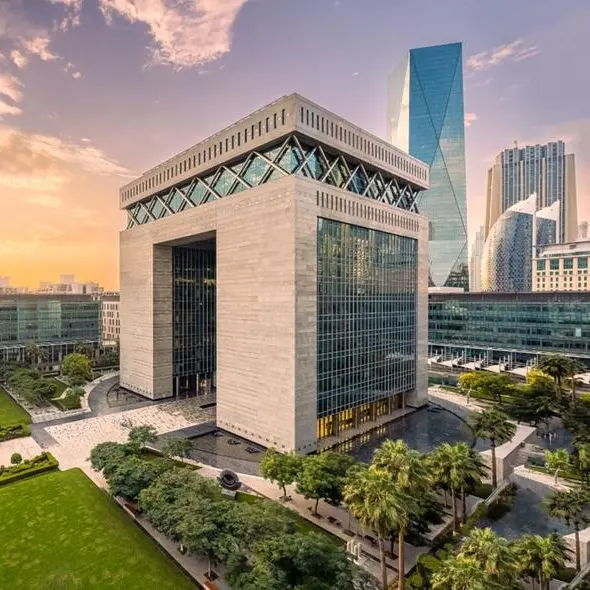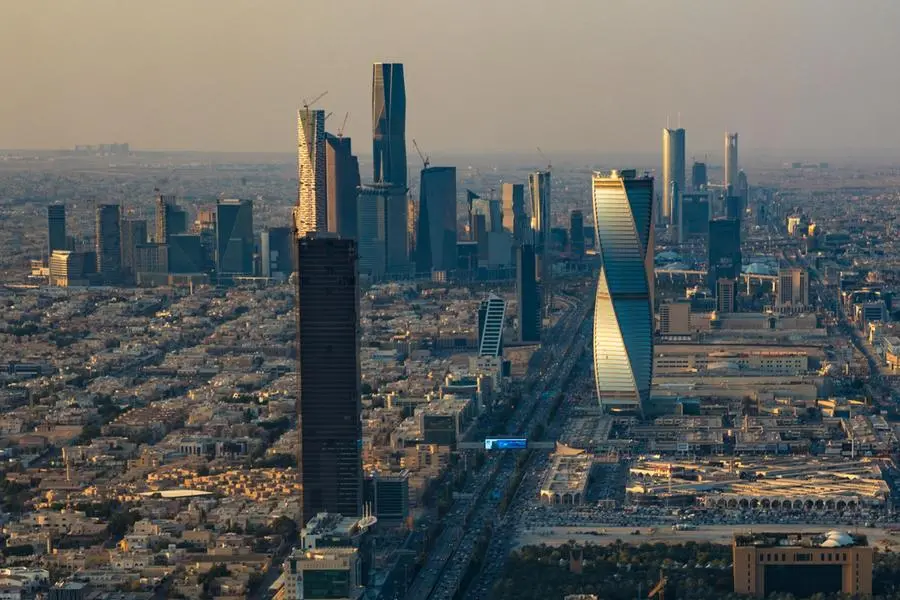Wednesday, Oct 07, 2015
Dubai: As part of its efforts to support economic growth governments of the Gulf Cooperation Council (GCC) countries are expected to keep their investment spending high through 2018, according to credit rating agency Standard & Poor’s.
“Even though we forecast GCC growth will slow and fiscal deficits will emerge following the more than 50 per cent drop in oil prices since June 2014, we expect governments will keep capital investment relatively high as a share of total government spending in an attempt to buoy economic growth,” said Trevor Cullinan, a credit analyst with S&P.
However, if oil prices fall much below the current projections, government balances will weaken further and GCC governments are likely to cut back on investment spending.
So far this year, governments have kept capital expenditures largely consistent with 2014 levels, both as a share of overall spending and as a share of GDP. But, given that oil prices remain weak, with Brent at $48 (Dh176.30) per barrel in early October, we believe that capital spending programs could increasingly come under pressure and economic growth could slow further as a result.
“While we believe capital spending — on infrastructure projects, roads, housing, schools, and hospital buildings, as well as communications networks — may improve the overall productive capacity of the GCC economies, we don’t see a significant infrastructure gap in the region,” said Cullinan.
While most governments will attempt to keep up investment spending, the level of spending is seen differing. Bahrain is expected to cut government capital expenditures over the coming years as the country is projected to record a fiscal deficit of 9.5 per cent of GDP this year. However, the rating agency expects capital investment funded by disbursements from the GCC Development Fund will continue to support the country’s economic growth.
Despite the slump in oil prices and sharp decline in investment incomes, Kuwait is expected to remain in surplus. “We forecast the government will post double-digit surpluses over the period to 2018. We also expect capital investment will increase as a share of government spending,” he said.
While Qatar is expected to maintain high level of spending as a percentage of GDP, Abu Dhabi is expected to record a fall in government spending as a percentage of GDP, mostly because of cuts to Abu Dhabi’s contribution to the federal government.
In Saudi Arabia, government spending is projected to slow according to the 2015 budget, with capital expenditure falling by about 25 per cent compared to the previous year. Yet, S&P expects expenditures to be largely maintained as a share of overall government spending.
Market funding
More governments are likely to tap domestic and international capital markets to diversify their funding sources, support economic growth, build debt capital markets, as well as to slow the depletion of their asset positions.
Since early August 2015, the Saudi Arabian government has issued Saudi Arabian riyal (SAR) 35 billion in local currency debt subscribed to by public institutions, local banks, and non-bank Saudi Arabian financial institutions.
“Looking ahead, we understand that the government is likely to continue issuing debt to finance its burgeoning fiscal deficit. Reportedly, Kuwait is also looking to sell local currency sovereign bonds by the end of the year,” said Cullinan.
By Babu Das Augustine Banking Editor
Gulf News 2015. All rights reserved.






















